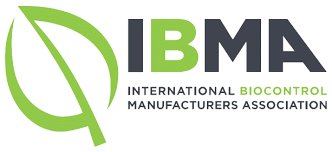Most plant protection products (PPPs) are used in a similar manner. A large amount of PPPs is spread widely over the crop area, so that the active substance can reach as many pests as possible.
However, the production of biological active substances is often more expensive than the production of conventional active substances. In order to develop a cost-efficient product, researchers have come up with a new way to control pests. Instead of delivering biological antagonists to pests, the focus is on luring pests to their antagonists and eliminating them before they get an opportunity to cause damage. The strategy can be summed up as: Attract & Kill.
A useful element of the strategy is the fact that most soil pests use carbon dioxide for orientation over long distances. CO2 is released during the process of respiration of growing roots, and larvae looking for host plants may use CO2 in the soil to locate the host plant. ATTRACAP® capsules attract wireworms by generating CO2 in a purely biological process, under the effect of soil moisture.
The biocidal agent used in the product is an isolate of the entomopathogenic fungus Metarhizium brunneum (Cb15-III) which shows high efficacy against wireworms.
The attractant is produced and the fungus grows from the capsules after the granules in the soil absorb moisture, and the soil temperature rises. The innovative formula relies on a source of nutrients in the granules to provide the fungus in the soil with sufficient nutrition, and ensure strong fungal growth. The number of infectious spores in the soil increases (microfermenter), and owing to the presence of yeast CO2 is produced. This mechanism ensures sufficient sporulation of the fungus, and attracts wireworms. Wireworms get into contact with fungal spores, become infected and die within a few days, depending on the temperature and soil conditions.





 Bild: JKI Dossenheim, AG Jürgen Gross
Bild: JKI Dossenheim, AG Jürgen Gross